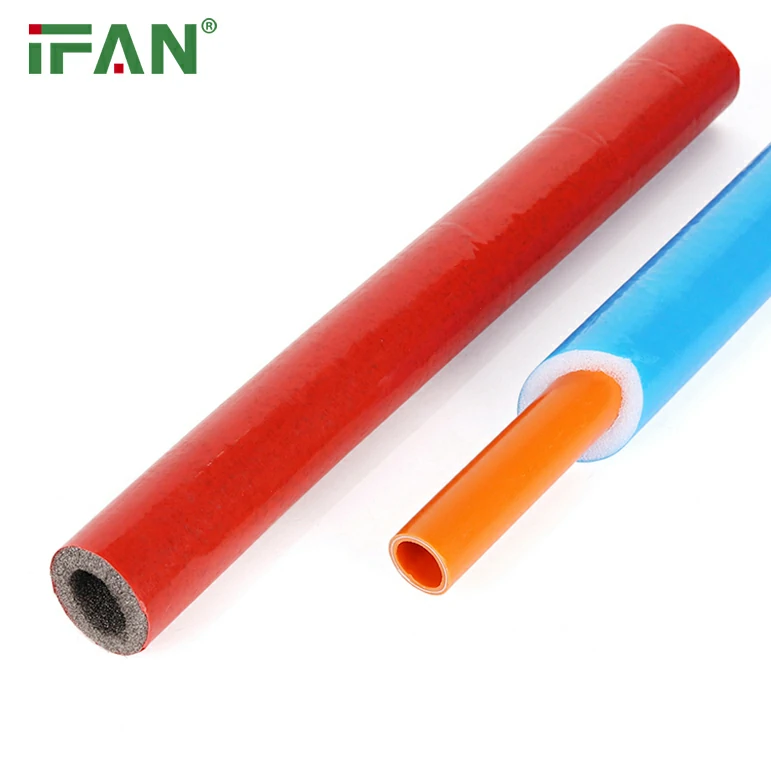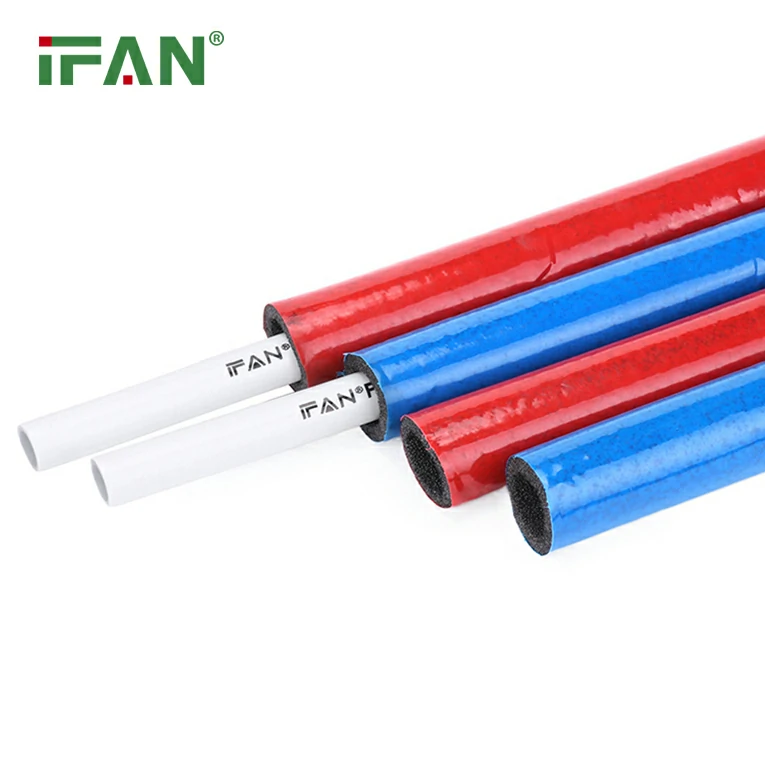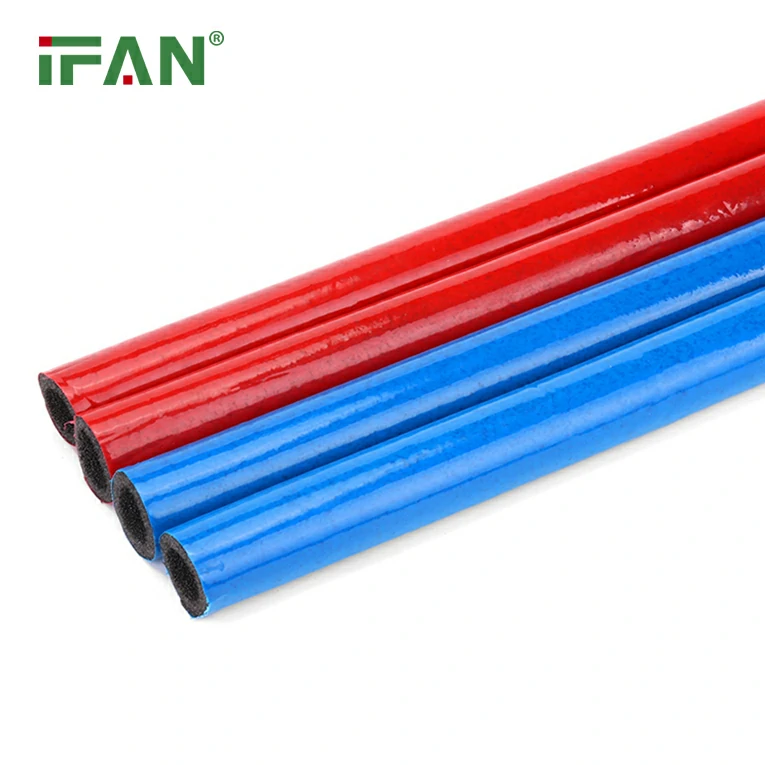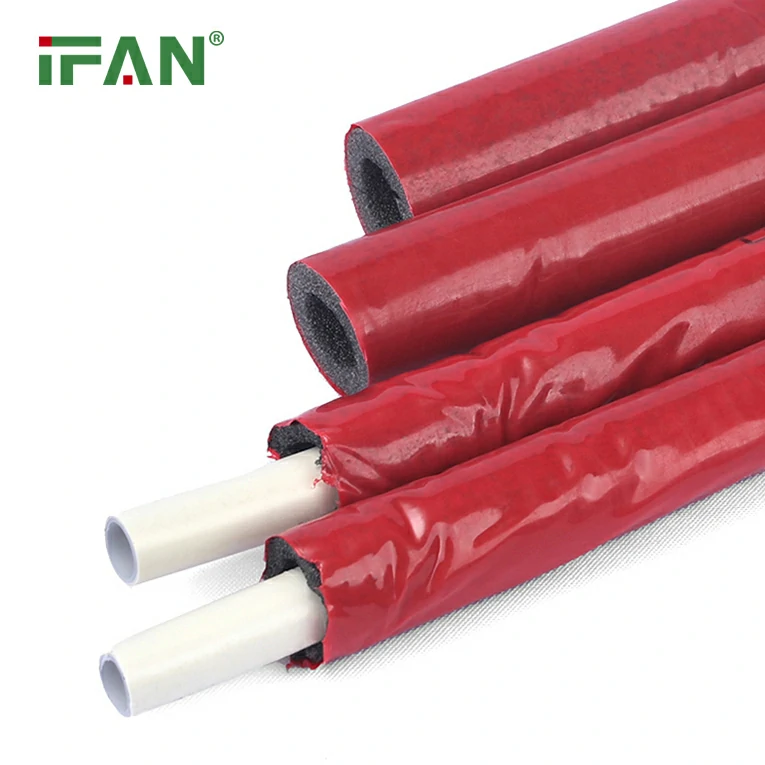When it comes to selecting plumbing materials, the sustainability of the chosen material is becoming an increasingly important factor for both builders and homeowners. Among the most common materials for plumbing systems are PEX pipe and copper pipe. Both have their advantages and limitations, but when it comes to sustainability, which one stands out? This article will compare PEX pipe and copper pipe from an environmental and sustainability perspective, examining their lifecycle, manufacturing processes, durability, and overall environmental impact.
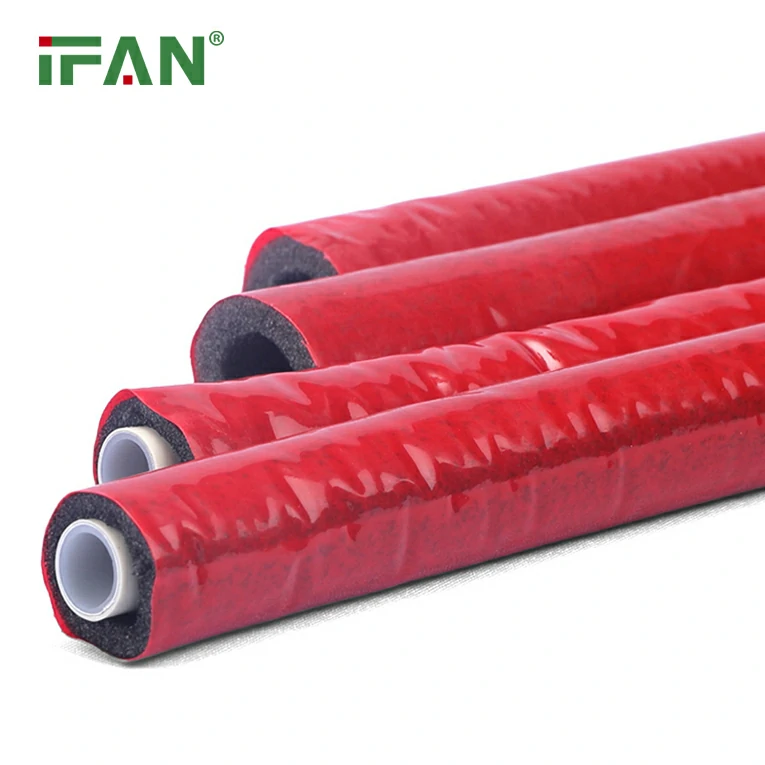
Table of Contents:
- What is PEX Pipe?
- What is Copper Pipe?
- Sustainability Factors to Consider
- Comparing the Sustainability of PEX Pipe vs Copper Pipe
- The Environmental Impact of PEX Pipe
- The Environmental Impact of Copper Pipe
- The Role of Energy Efficiency in Plumbing Materials
- Which Pipe is More Sustainable: PEX or Copper?
- Frequently Asked Questions (FAQs)
What is PEX Pipe?
PEX (cross-linked polyethylene) pipe is a flexible plastic piping material used in plumbing, heating, and cooling systems. It is made by cross-linking polyethylene molecules to create a more robust and heat-resistant material. PEX has become increasingly popular due to its flexibility, ease of installation, resistance to corrosion, and affordability. It is commonly used in both residential and commercial plumbing projects.
Key Features of PEX Pipe:
- Flexibility: PEX can bend easily around corners, which simplifies installation.
- Corrosion Resistance: PEX is immune to corrosion, which is a common issue with metal pipes.
- Temperature Resistance: PEX pipes are able to handle both hot and cold water applications.
- Ease of Installation: PEX is lightweight and does not require welding or soldering, making it quicker and less labor-intensive to install than copper.
What is Copper Pipe?
Copper pipe is one of the most traditional and widely used plumbing materials. Made from pure copper metal, it is known for its durability, strength, and resistance to corrosion. Copper has been used for thousands of years in various applications, including plumbing, and remains a preferred material in many high-end installations.
Key Features of Copper Pipe:
- Strength: Copper is strong and resistant to wear and tear, making it an ideal material for long-lasting plumbing systems.
- Antimicrobial Properties: Copper has natural antimicrobial properties, which means it helps to reduce bacterial growth in the pipes.
- Corrosion Resistance: Copper is resistant to corrosion from water but may be susceptible to corrosion over time in certain acidic or aggressive water conditions.
- Longevity: Copper pipes can last for several decades when properly installed and maintained.
Sustainability Factors to Consider
When evaluating the sustainability of any material, several factors need to be considered. For both PEX pipe and copper pipe, these factors include:
1. Energy Consumption During Manufacturing
- The energy used in producing the material can have a significant environmental impact. The more energy-intensive the production process, the higher the carbon footprint associated with the material.
2. Raw Material Sourcing
- The extraction of raw materials, such as petroleum for PEX or copper ore for copper pipe, contributes to environmental degradation and resource depletion. The sourcing practices and availability of these materials play a role in determining the sustainability of the product.
3. Durability and Lifespan
- The longer a material lasts, the less often it needs to be replaced. A material with a longer lifespan reduces the frequency of repairs, replacements, and waste, thus contributing to sustainability.
4. Recyclability
- A material’s ability to be recycled after its useful life ends is another important consideration for sustainability. Recycling reduces the need for new raw materials and reduces waste in landfills.
5. Impact on Water Quality
- A material’s potential to affect water quality is also crucial. Some materials can leach chemicals or minerals into the water over time, while others remain inert.
Comparing the Sustainability of PEX Pipe vs Copper Pipe
1. Energy Consumption During Manufacturing
The production of copper is highly energy-intensive. Mining, smelting, and refining copper ore requires a significant amount of energy, contributing to a substantial carbon footprint. The process involves high heat and large-scale industrial processes, which make copper pipe production less energy-efficient compared to PEX.
On the other hand, PEX pipe is made from high-density polyethylene, a type of plastic that is less energy-intensive to produce than copper. While the production of plastics generally requires some energy, the environmental impact of producing PEX is far less than that of copper. The cross-linking process used to make PEX pipe also requires less energy than the high heat required in copper smelting.
Conclusion: PEX pipe has a lower energy consumption during manufacturing compared to copper pipe, making it more environmentally friendly in terms of energy use.
2. Raw Material Sourcing
The extraction of copper requires mining operations, which can result in habitat destruction, pollution, and other environmental damages. Copper mining is also resource-intensive, and it takes a significant amount of energy to extract and refine the material. Copper is a finite resource, meaning that it will eventually become harder and more expensive to extract.
In contrast, PEX pipe is made from petroleum-based products, which also has environmental implications. However, the production of PEX does not involve mining, which generally has a more significant environmental impact than petroleum extraction. Furthermore, plastic pipes like PEX are made from relatively abundant materials, reducing the pressure on natural resources.
Conclusion: Copper pipe has a more significant environmental impact in terms of raw material sourcing, as copper extraction is energy-intensive and can cause substantial ecological damage.
3. Durability and Lifespan
Copper pipes are known for their longevity. They can last for decades, and many copper piping systems installed in homes and buildings 50 years ago are still functioning today. The durable nature of copper reduces the need for frequent replacements or repairs, which contributes positively to its overall sustainability.
PEX pipes, while durable, generally have a shorter lifespan compared to copper pipes. The typical lifespan of PEX is around 40 to 50 years, while copper can last upwards of 70 years in some cases. However, PEX is resistant to corrosion, which can be a significant problem in copper pipes, especially in areas with hard water.
Conclusion: Copper pipes have a longer lifespan, but PEX pipes are more resistant to corrosion, which can contribute to a longer service life in certain conditions.
4. Recyclability
Copper is highly recyclable, and a significant amount of the copper used in plumbing systems comes from recycled sources. Copper recycling reduces the environmental impact associated with mining and refining raw copper, making copper a more sustainable choice in terms of recycling.
PEX pipe, on the other hand, is not as easily recyclable. While some PEX pipe can be recycled, it is more challenging and less common than copper recycling. The plastics used in PEX can be recycled, but the process is less efficient, and not all recycling centers accept PEX pipe.
Conclusion: Copper has a clear advantage in terms of recyclability, as it can be easily and efficiently recycled, reducing its environmental impact over time.
5. Impact on Water Quality
Copper pipes are known for their ability to prevent bacterial growth due to their natural antimicrobial properties. However, over time, copper can corrode, especially in acidic or hard water conditions, potentially releasing copper into the water, which can lead to contamination.
PEX pipe, on the other hand, does not corrode and is resistant to scaling. It is inert, meaning it won’t leach harmful chemicals or minerals into the water. Additionally, because PEX is flexible and resistant to freezing, it can help ensure a consistent water flow without the risk of damage from temperature fluctuations.
Conclusion: PEX pipe has an advantage over copper in terms of maintaining water quality, as it does not corrode or leach chemicals into the water supply.
Which Pipe is More Sustainable: PEX or Copper?
When it comes to sustainability, both PEX pipe and copper pipe have their strengths and weaknesses. PEX pipe is generally more sustainable in terms of energy consumption during manufacturing, resistance to corrosion, and impact on water quality. However, copper pipe has a longer lifespan and is more recyclable, making it a better option from a waste reduction perspective.
In terms of overall environmental impact, PEX pipe tends to be the more sustainable choice. It has a lower carbon footprint during production, is more resistant to corrosion, and has a smaller overall environmental impact when considering the entire lifecycle. Copper pipes, while durable and recyclable, have a larger environmental footprint due to the energy-intensive mining process and their shorter lifespan in some cases.
Frequently Asked Questions (FAQs)
1. What is the environmental impact of PEX pipe?
PEX pipe has a lower environmental impact in terms of manufacturing energy consumption compared to copper. It is resistant to corrosion, which contributes to a longer lifespan, and is more environmentally friendly in terms of raw material sourcing.
2. How long does PEX pipe last?
PEX pipe typically lasts for 40 to 50 years, though it may vary depending on the installation and water quality. It is also resistant to freezing and corrosion, which can extend its lifespan.
3. Is copper pipe more durable than PEX?
Copper pipe has a longer lifespan than PEX, often lasting upwards of 70 years. However, PEX is more resistant to corrosion, which can extend its lifespan in certain conditions.
4. Can PEX pipe be recycled?
PEX pipe is not as easily recyclable as copper, though it can be recycled in some cases. The recycling process is less common and more difficult compared to copper.
5. Which
is better for water quality: PEX or copper? PEX is more inert and does not corrode, making it less likely to leach harmful chemicals or minerals into the water. Copper, while antimicrobial, can corrode over time and release copper into the water, which may affect water quality.
In conclusion, while both PEX pipe and copper pipe offer sustainable solutions, PEX generally stands out in terms of manufacturing efficiency, water quality preservation, and resistance to corrosion. However, copper remains a durable, recyclable option with a longer lifespan, making it a strong contender in sustainable plumbing systems. Ultimately, the decision depends on the specific needs and priorities of the installation.

